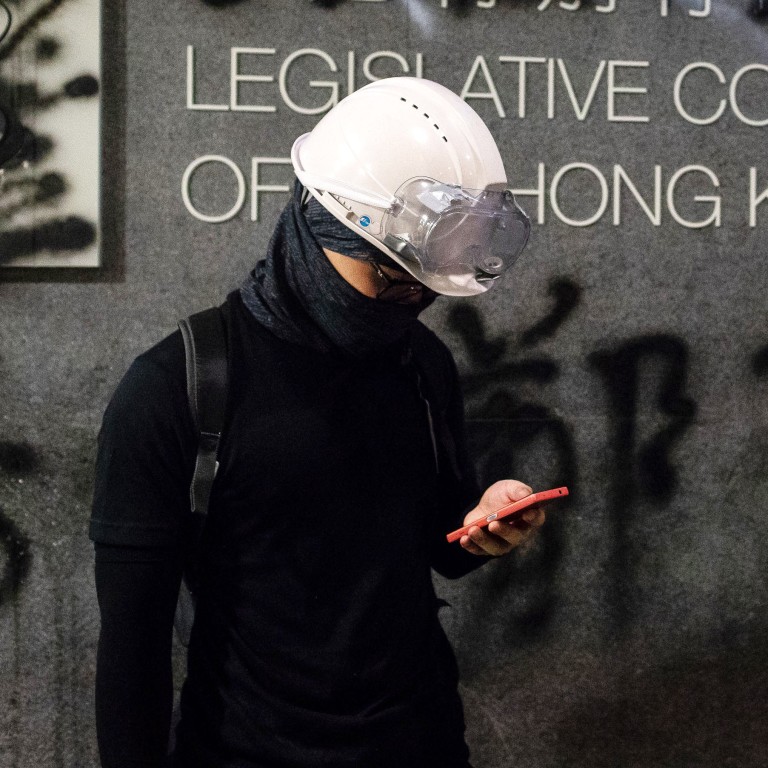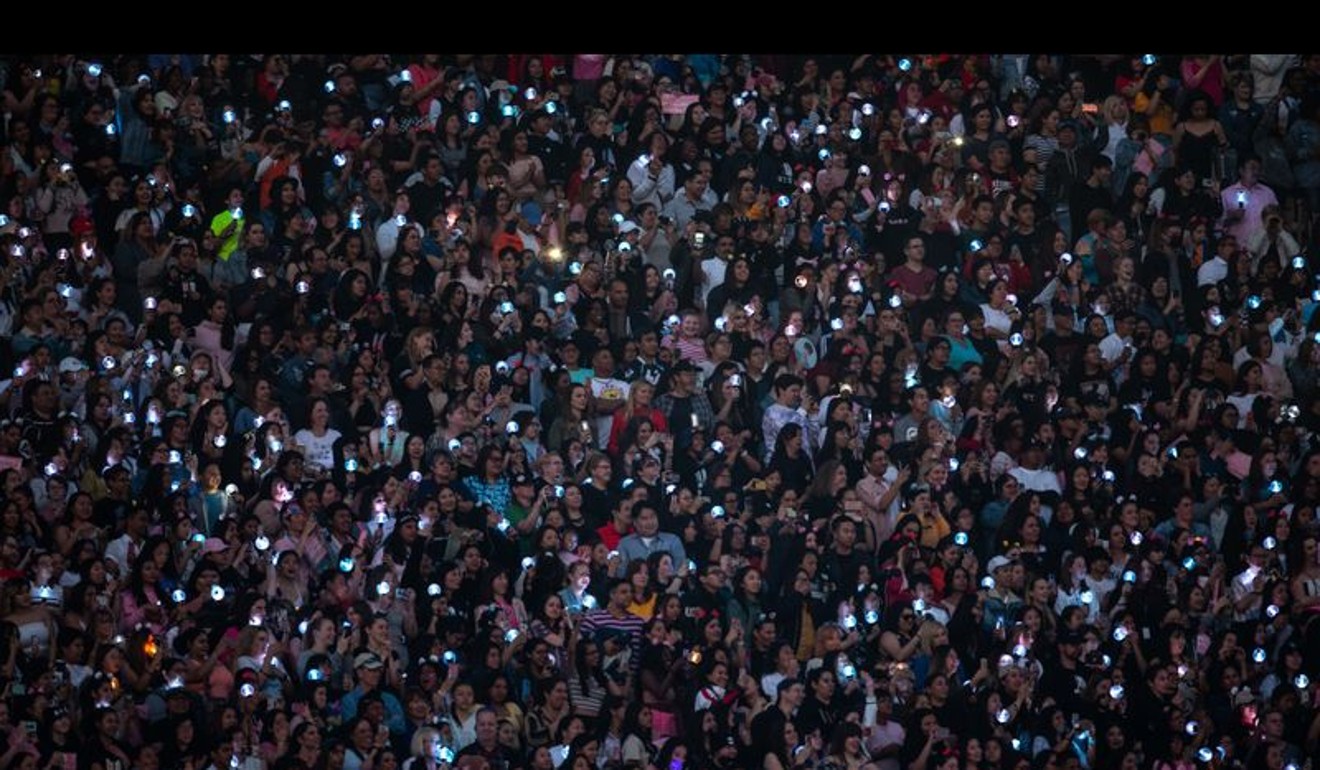
AirDrop requests are Gen Z’s way of passing notes on Apple devices – as Hong Kong protesters show
- Peer-to-peer communication technology lets users quickly share photos or videos with other Apple users, anonymously if desired, making it a must-have for teens
- Young Hong Kong protesters used it to bypass Chinese censors and get their message to visitors from China during a recent rally against extradition law changes
AirDrop, which allows quick file transfer between Apple devices, was created for convenience: users can quickly share photos or videos with friends in the same room. It can also be fleetingly anonymous. You only need to have your settings switched on to receive files; you can change your device name to hide your identity.

In the United Stats, AirDrop has evolved into an established connective tool for Generation Z. Teenagers and young adults delight in using the feature to exchange funny images, videos or other information with individual strangers or large crowds.
At colleges, high schools or even concerts, AirDrop builds a short-lived sense of community among strangers who share similar interests or simply the same space.

The technology is more in-your-face than social media; it confronts an iPhone user with an immediate request. It’s simpler than texting, at least within a range of 30 feet (9 metres). Who needs phone numbers when you have a direct wireless connection?
Think of AirDrop as anonymous note-passing for the digital era, with the extra capacity for unanticipated mayhem. It’s a free-for-all, battled out on Bluetooth and Wi-fi airwaves. Serial AirDroppers select densely populated areas, such as airports or train stations, to revel in the anonymity that a crowd can offer.
Erin Ferguson received her first random AirDrop at her May 2017 college graduation and found it ingenious. It inspired her to spend the rest of the ceremony sending her classmates various memes she had saved on her phone. It was a hugely entertaining way to pass the time, Ferguson admits.
The 24-year-old from Framingham, in the US state of Massachusetts, has spent the two years since then perfecting the craft of rogue AirDropping.

She has only once been caught in the act; while seated in an airport terminal, Ferguson took out her phone and scrolled through her collection of memes. That day, she settled on an image of Kermit the Frog. A list popped up of all the AirDrop-available phones in the vicinity; Ferguson selected them all and tap! The images were sent … and denied, except by one device.
Ferguson glanced up from her phone to try to figure out who had accepted her AirDrop – only to see a preteen boy waving at her.
“At airports, it’s typically one out of 15 to 20 people” who will accept a random Airdrop request, Ferguson said. But at an Ariana Grande concert, when she sent around a vintage photo of the pop star from her red-haired Nickelodeon days, almost everyone accepted it.

Concerts or other events teeming with superfans generate a lot of AirDrop activity: it’s easy to blast a hilarious meme of the artist to the masses, spreading a shared inside joke among fans.
The night before a concert by South Korean boy band BTS, Shanicka Anderson was sitting on the bed of her New Jersey hotel room when her phone pinged. It was a photo of one of the seven band members, sent by an unknown person.
Anderson, 27, had never used AirDrop before. Throughout the weekend, she kept getting notifications whenever fans had downtime – during the morning of the show, or while standing in line at the venue – of various funny images of the band or related memes, traded back and forth among nearby strangers.
“It felt like a summer camp with fans,” Anderson said. “People would name their phones something BTS-related, so you could tell who was there for the concert.”

Some fans delight in sharing images of their favourite artists with “locals”, slang for common people unaware or uninterested in the star. They will pose Twitter challenges, promising to send a music video or photo of their favourite artist if a tweet receives a certain number of likes or retweets.
At a BTS concert film screening in the US state of Minnesota, Palmer Haasch’s iPhone was flooded with an influx of AirDrops. As she filtered through each one, Haasch, 21, was surprised to see that a number of Notes messages contained warnings.
“Y’all better not start doing chants during the movie,” read one note. Others reminded fellow fans not to disturb others by dancing in the cinema or turning on glow sticks.
“That was the first time I had seen AirDrop used as a method of group self-policing rather than just meme drops,” Haasch said.

